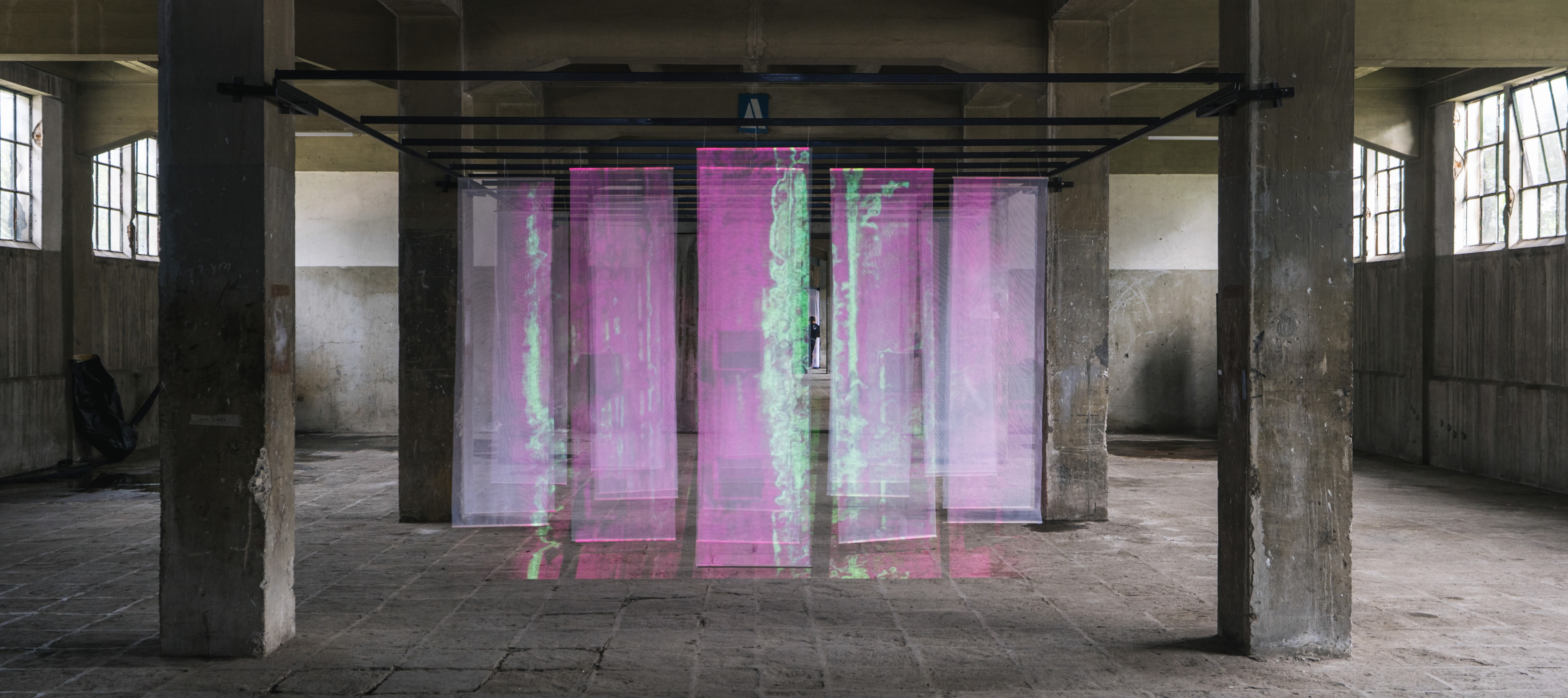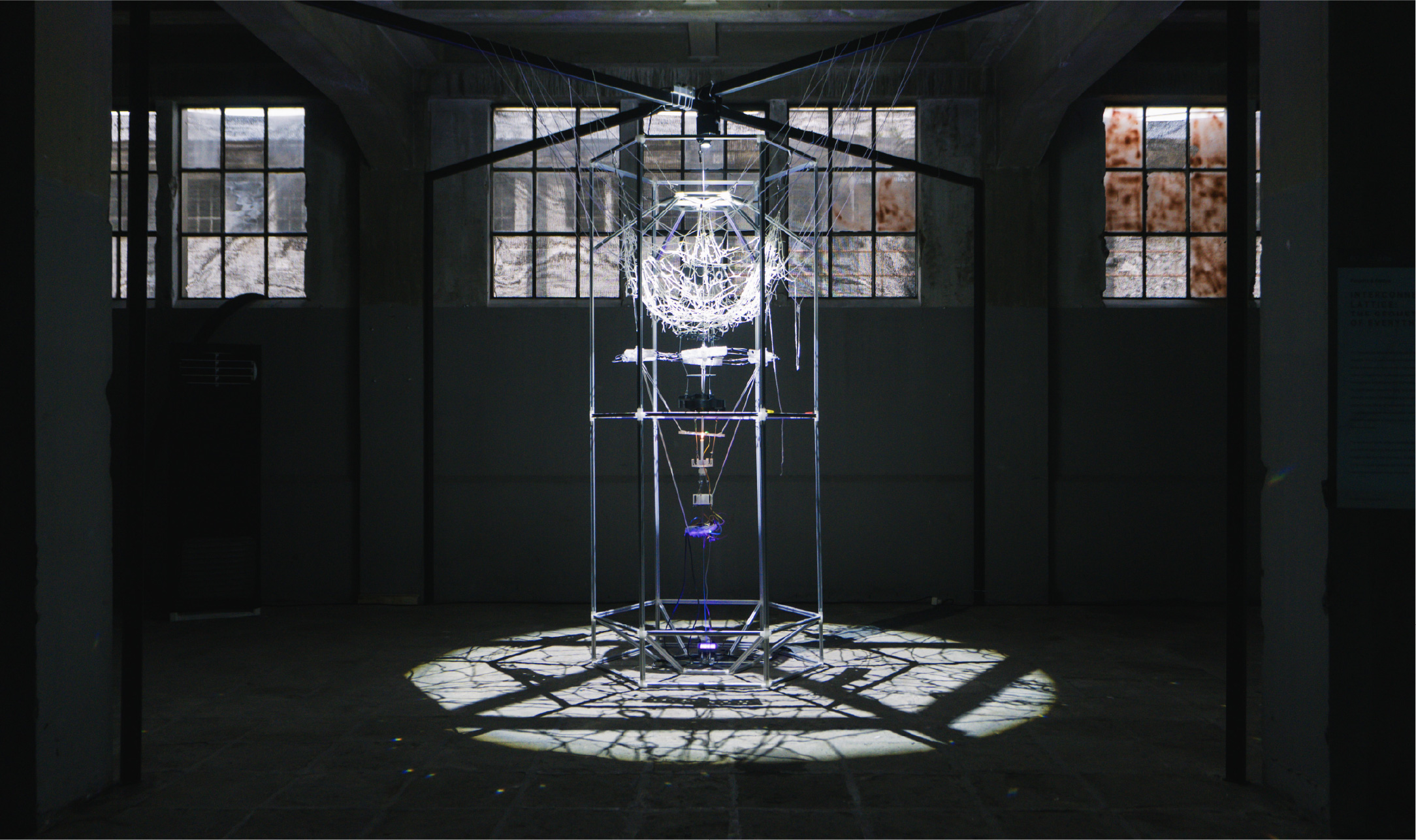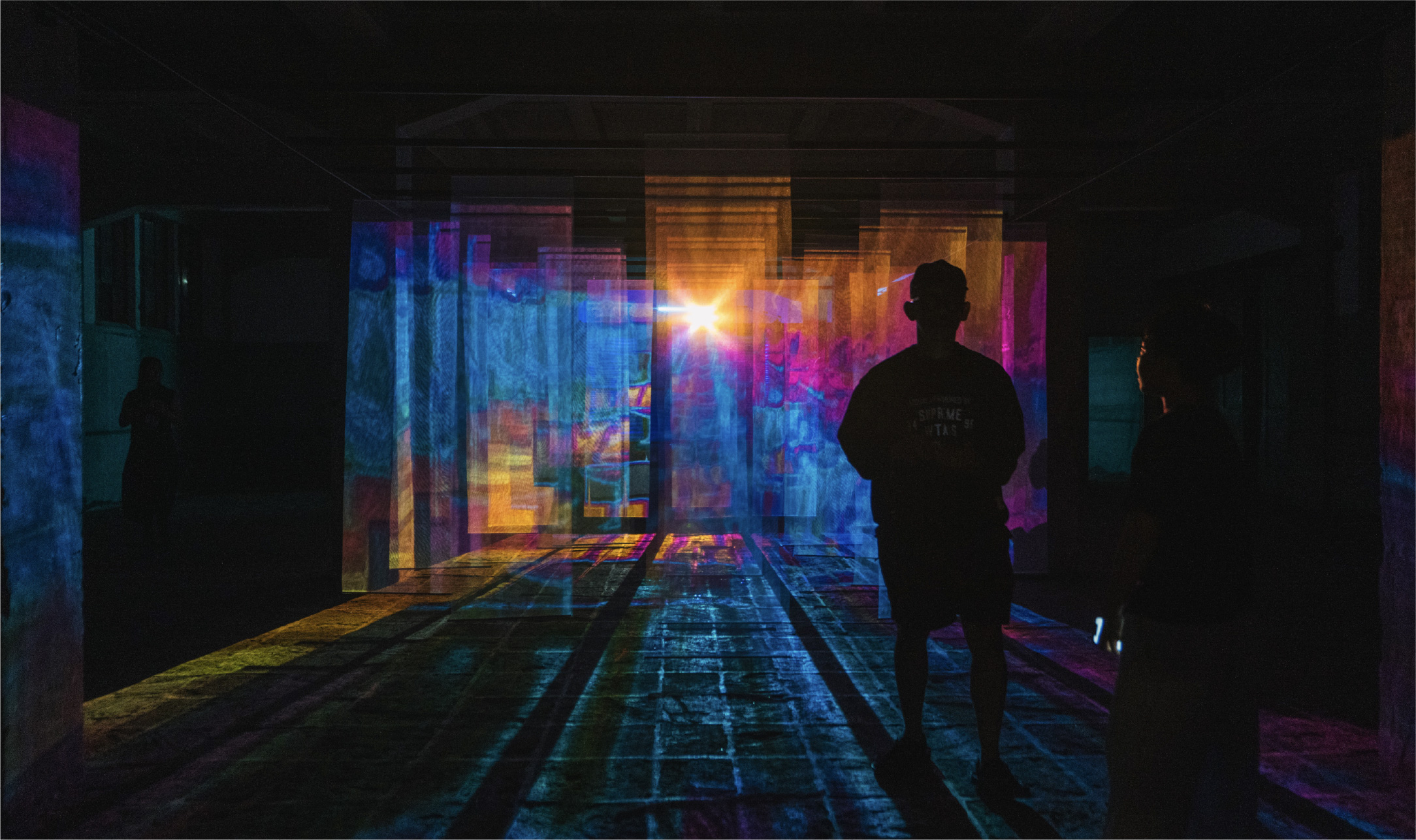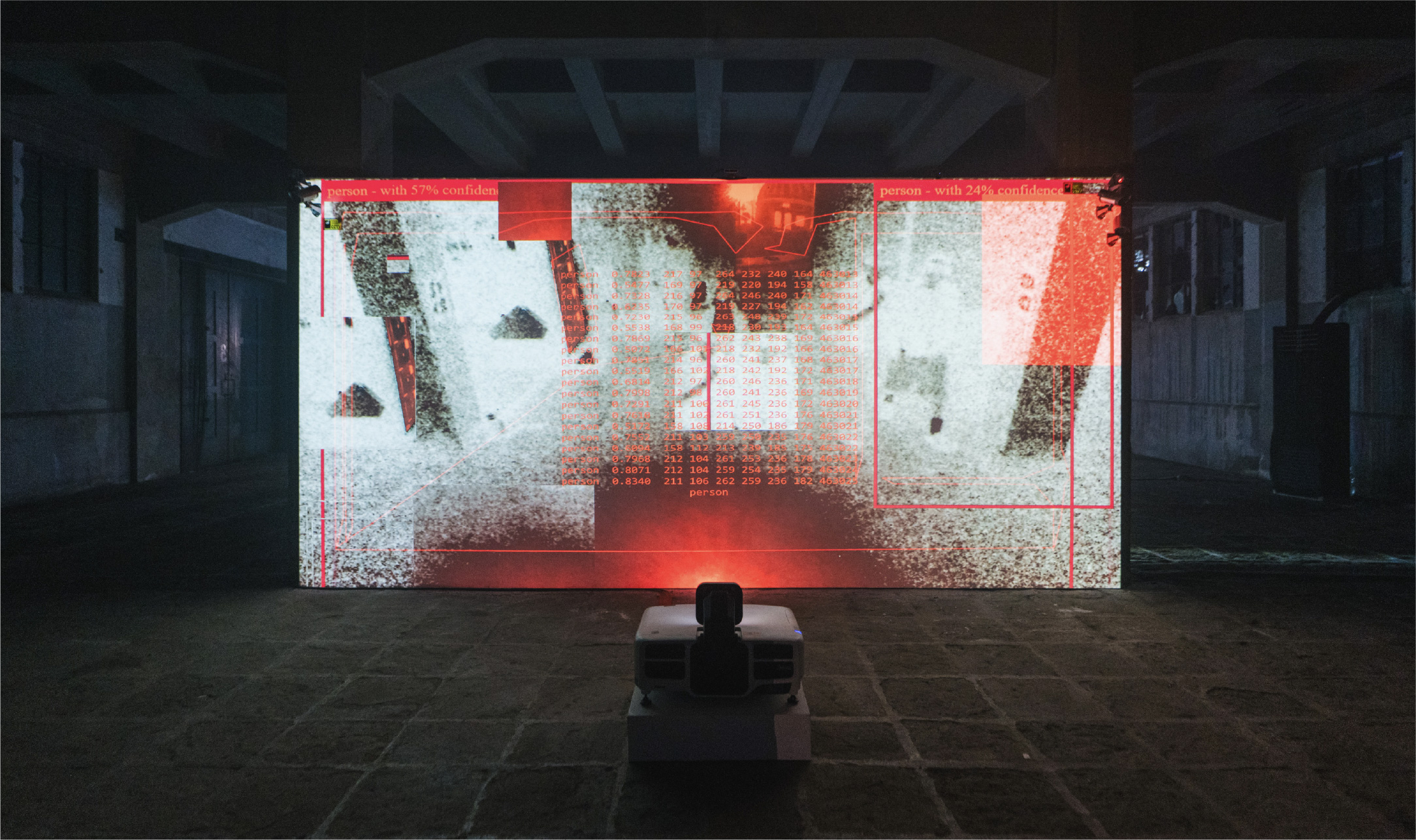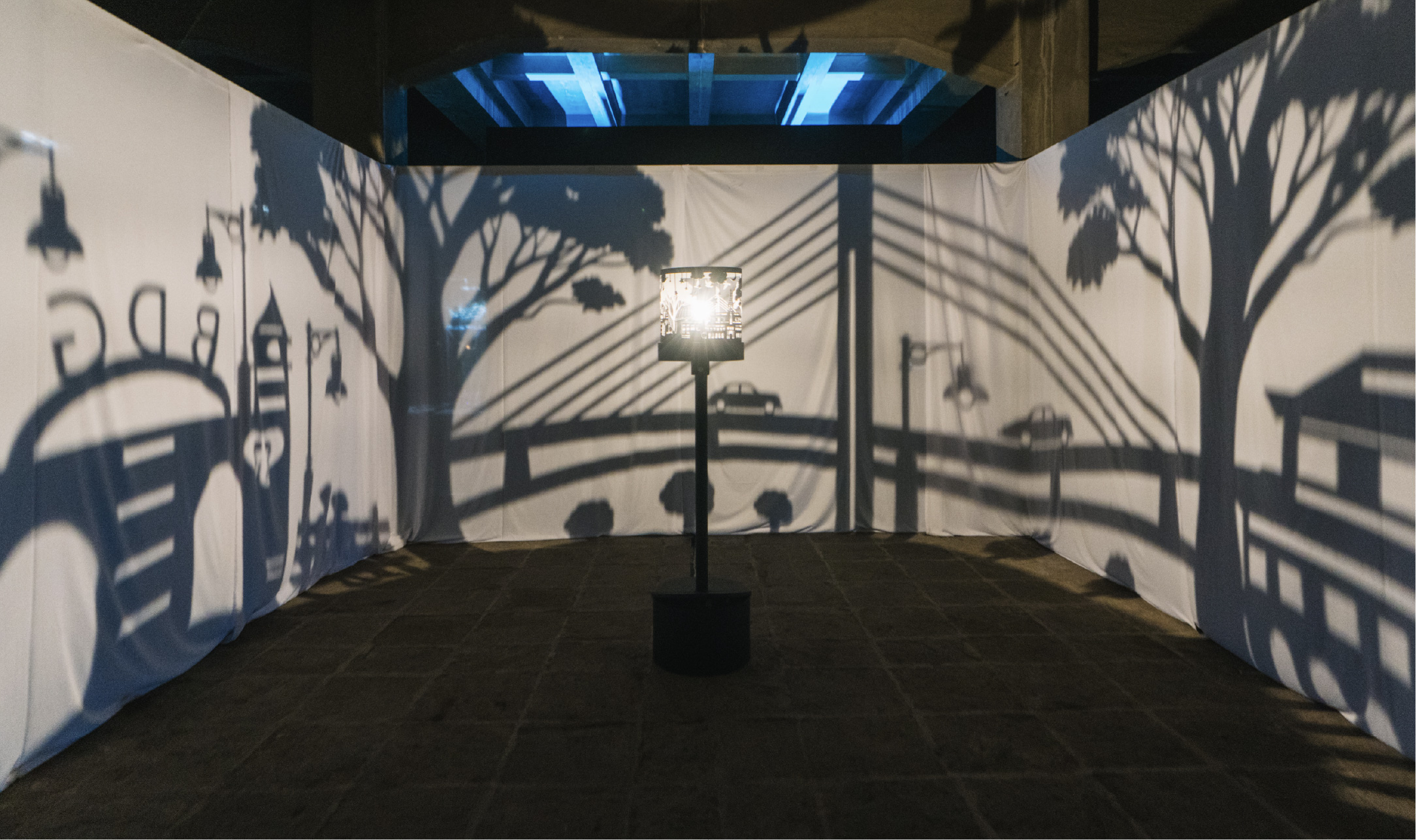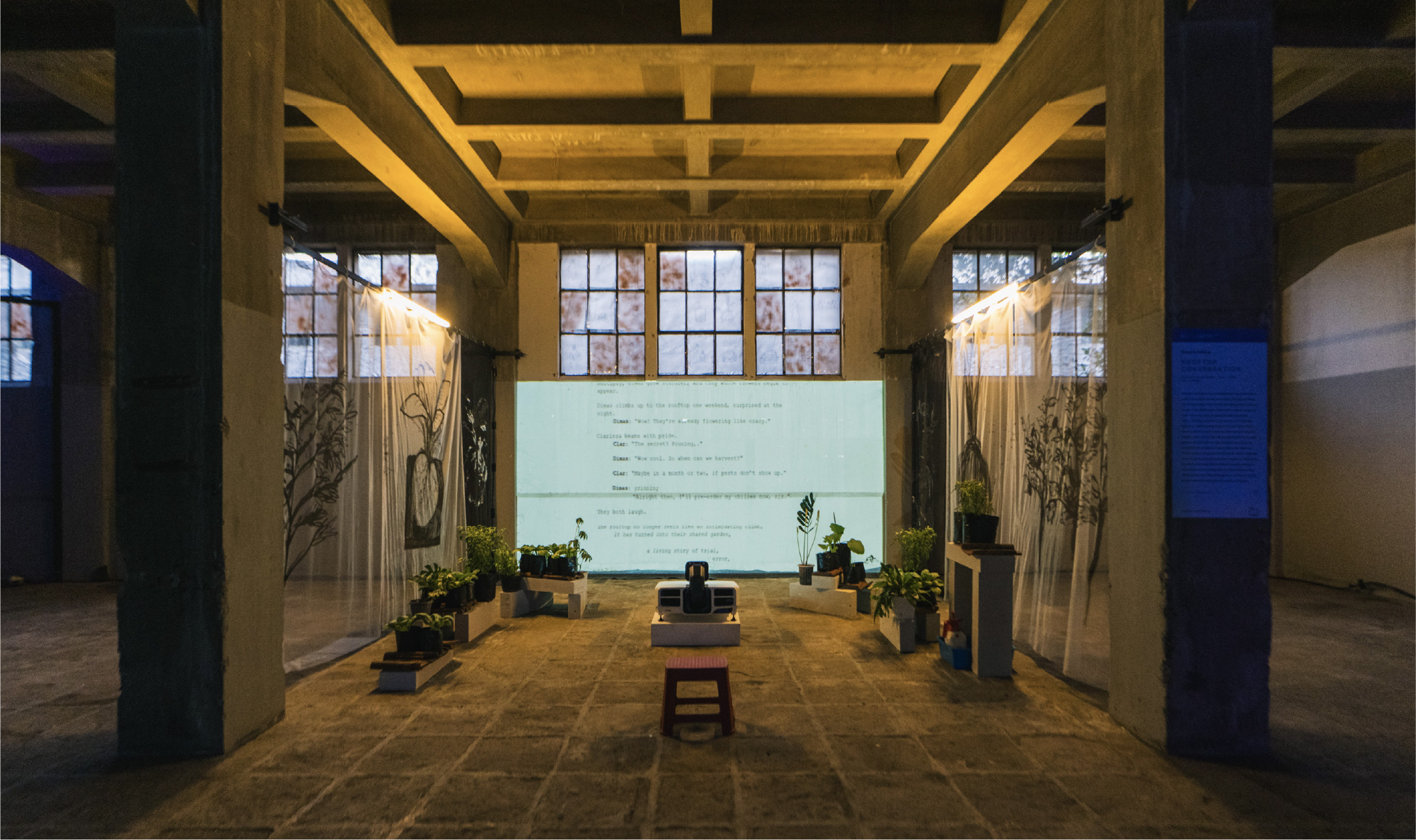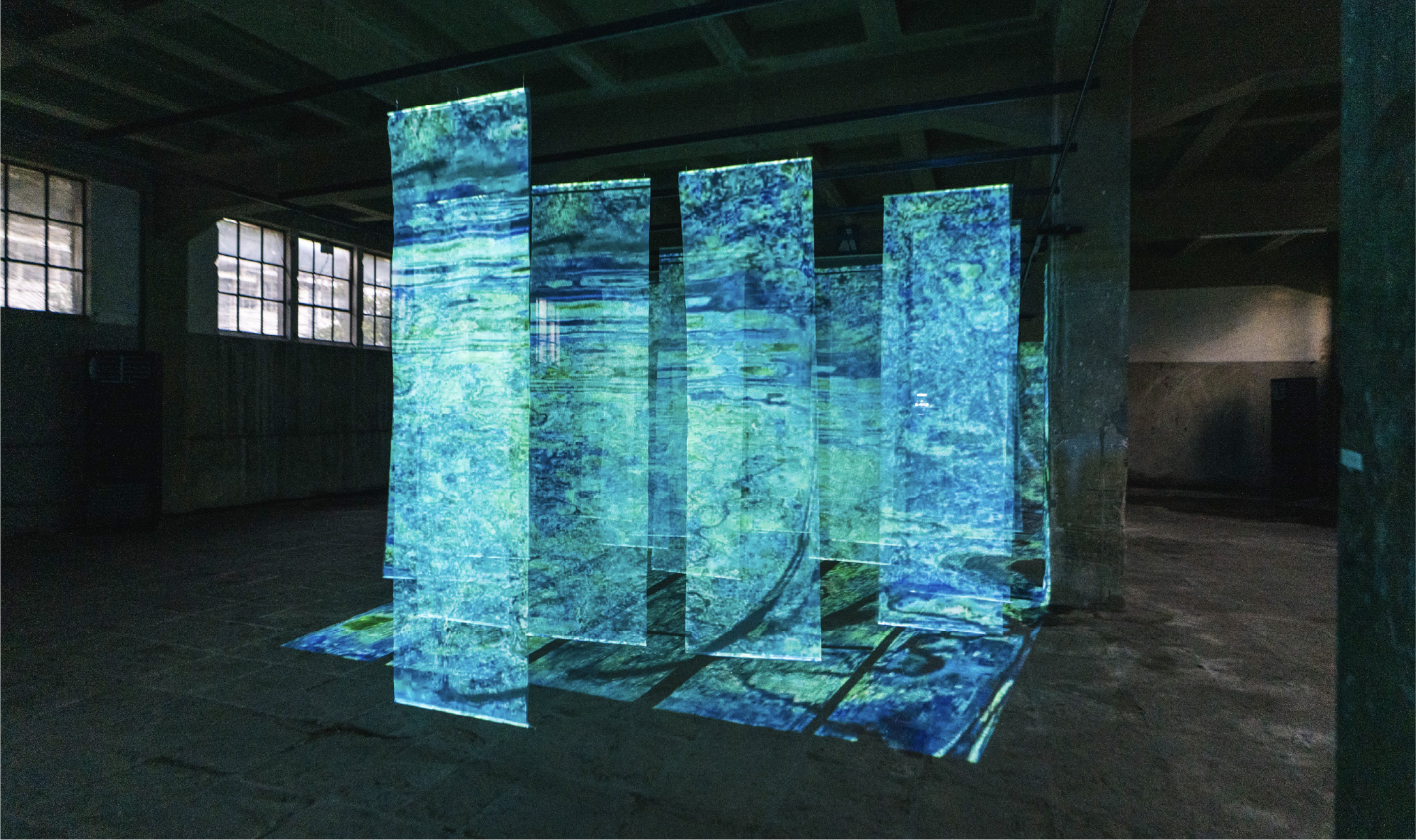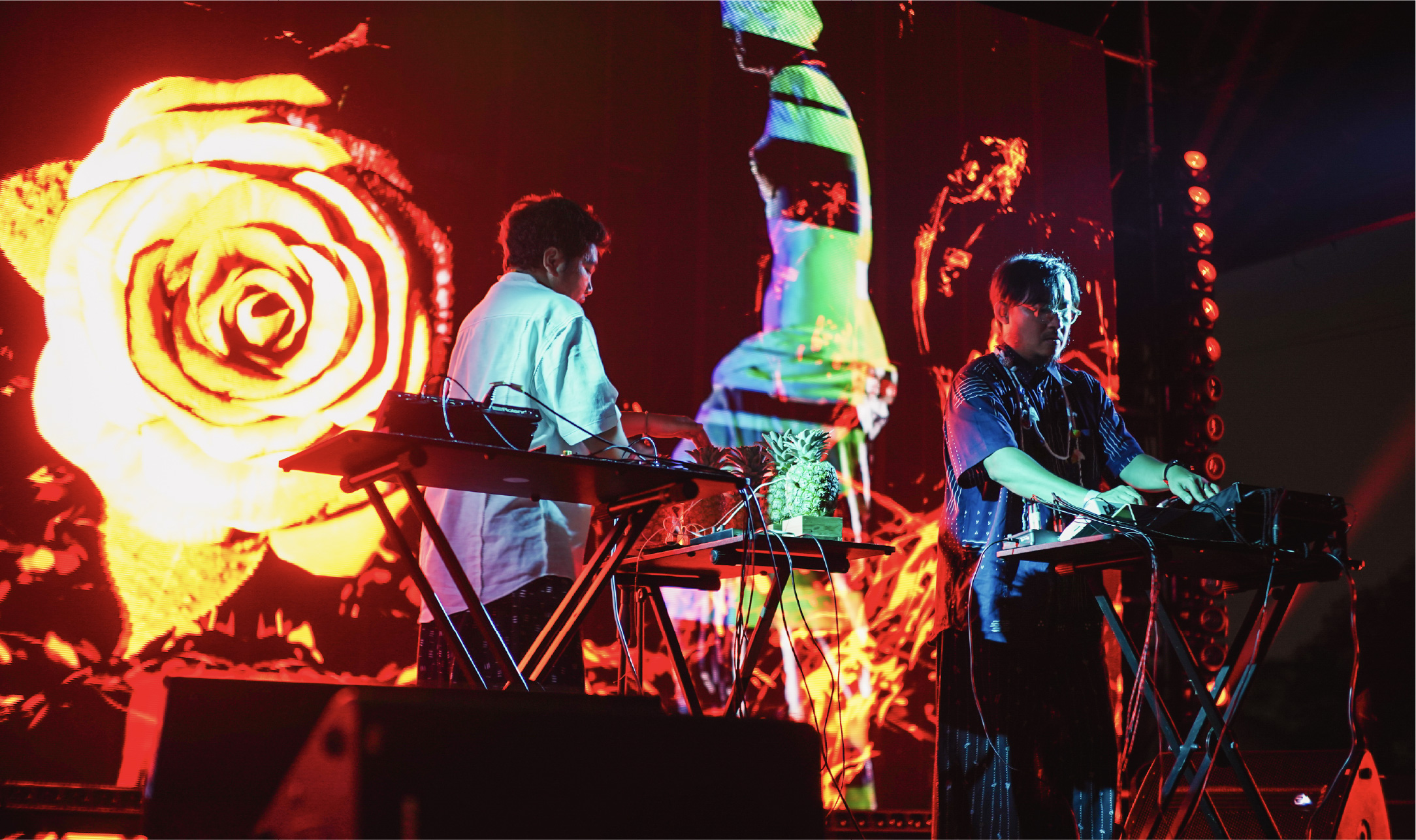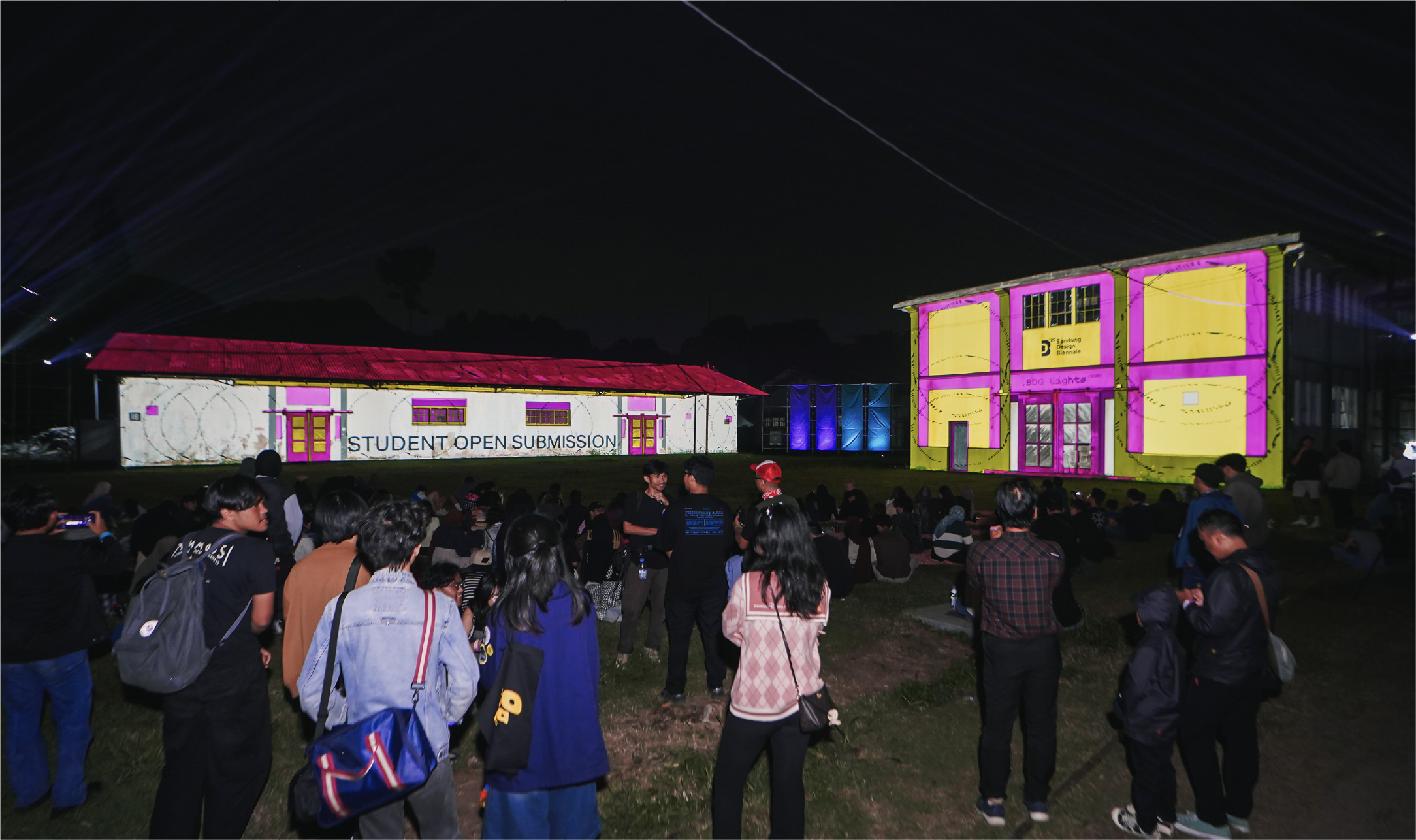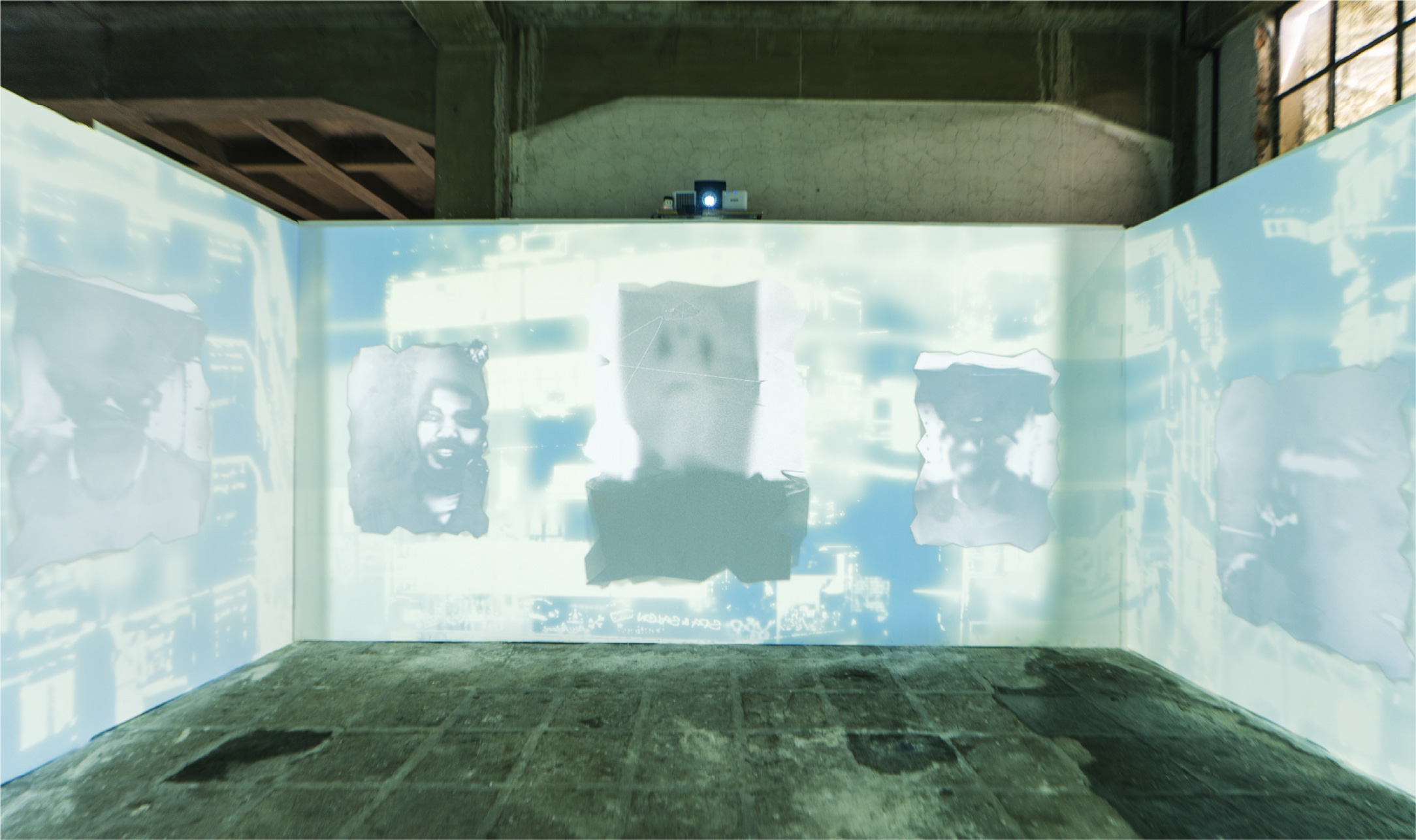Bandung Lights Festival 2025: Exploring Light, Space, and Community
What significance does light hold as a medium of expression?
The first reaction that comes to mind is the use of light as a metaphor—a symbol of dreams, ideas, and the pursuit of hope or progress. There is something sacred and untouched about light as a creative subject; its very nature is elusive and challenging to grasp. When we first heard about the Bandung Lights Festival, we were drawn to the possibilities of exploring light not only as an artistic medium but also as a way of venturing into new terrains of artistic expression in Indonesia.
The first reaction that comes to mind is the use of light as a metaphor—a symbol of dreams, ideas, and the pursuit of hope or progress. There is something sacred and untouched about light as a creative subject; its very nature is elusive and difficult to grasp. When we first heard about the Bandung Lights Festival, we were drawn to the possibilities of exploring light not only as an artistic medium but also as a way of venturing into new terrains of artistic expression in Indonesia. At the time, the idea of working with light was still relatively unfamiliar within the contemporary art and design landscape, remaining a niche medium among creatives.
Launched on 3 October 2025, the Bandung Lights Festival emerged as an evolved iteration of the ITB Light Festival: Kinarya Immersiva, established in 2023 by the Bandung Institute of Technology’s Faculty of Arts and Visual Communication and Arafura Media Design. This new media festival carved out a distinct space within Indonesia’s design and visual arts scene, marking the first time a dedicated celebration of light as an artistic medium had been realized.
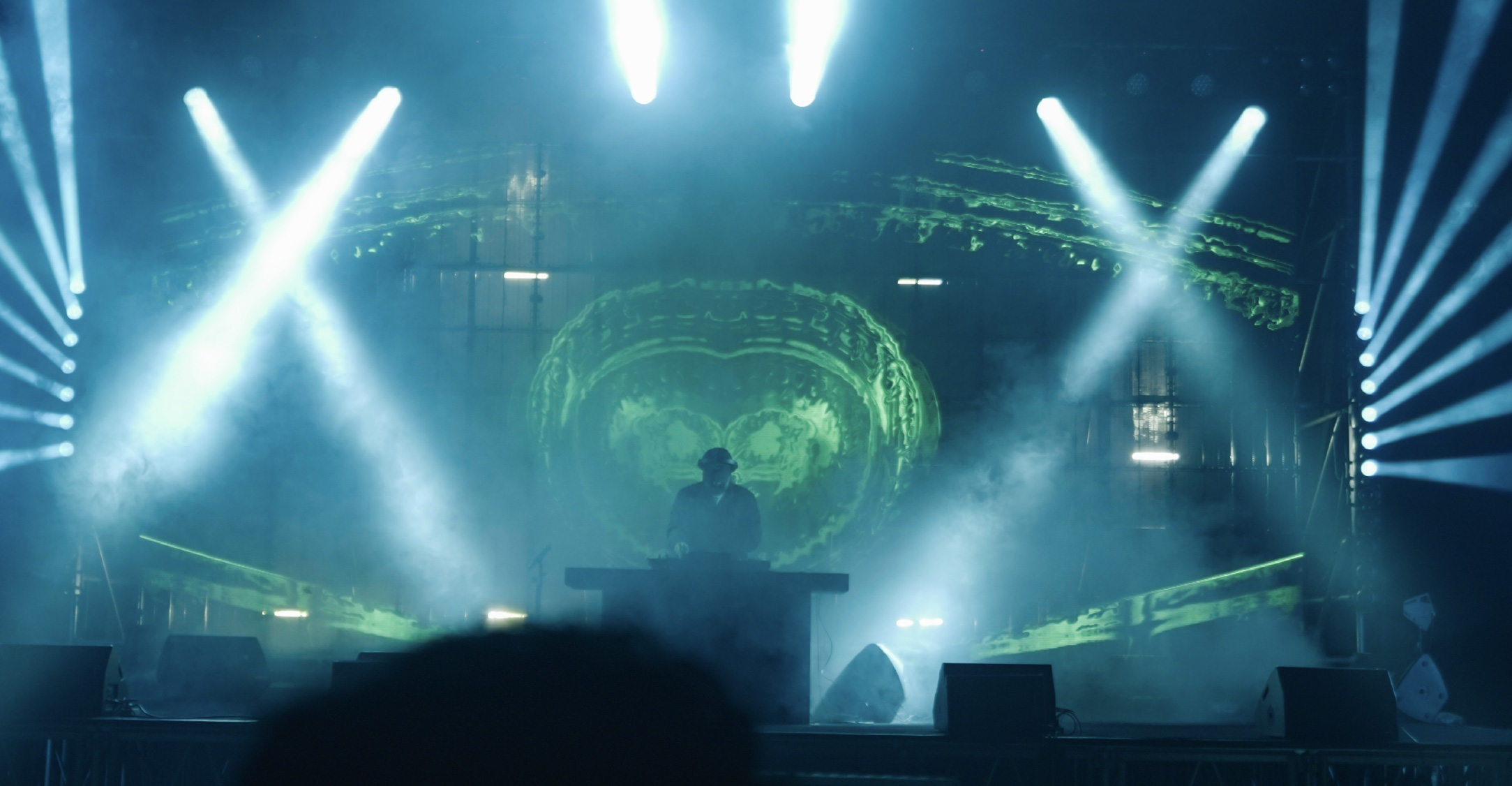
Under the theme “Looking After Dark”, the festival sought to create a dialogue between light, urban spaces, and the communities that inhabit them. It positioned itself as a meeting ground—a place to cultivate the conceptual and technical possibilities of light in response to the city of Bandung itself. As described in the curatorial statement, the theme represents “an aesthetic exploration and an attempt to highlight spaces that are often ignored”, naming pavements unfriendly to walkers, dimly lit roads, and mounds of waste as symbolic ‘urban shadows.’ Light, therefore, became a medium not only of innovation but also of empathy—one that could illuminate possibilities for a brighter, more inclusive Bandung.
This dialogue unfolded through a diverse program of public exhibitions, performances, presentations, and interactive activities, inviting audiences to experience light as both subject and medium. Over the course of two days, the festival featured a dynamic lineup of music performances by Roh Elok, Rachel, Villian, Alexundra, Algorapture, Gus Paul, and others, transforming the city into a living, breathing canvas of light and sound.
Further enriching the experience, a series of “Alight Sessions” took place at Laswi Heritage, moderated by RA Dita Saraswati and featuring Isha Hening, Abdul Shakir, Ahmad Faris bin Hanapiah, Ben Yap, and Qazim Karim as panelists. These discussions were complemented by two workshops—Projecting City Stories with Kery Utomo (Sampaikan) and Looking After Dark for a Livelier City, a collaboration between .BDG Lights × ARUP. The former explored light as a medium for storytelling, while the latter examined its potential for urban-driven solutions. The festival concluded with the Student Competition Awarding, celebrating emerging talents such as Moo! Oh No!, Dapoer, and Marfa Radina.
As night fell, the city transformed. Projection mapping shows illuminated building façades across Laswi Heritage, a site chosen for its capacity for reuse and historical resonance. These light-bearing performances—featuring works by 28 professional creators and 18 student artists—reimagined the familiar through the ephemeral glow of light, merging art, architecture, and memory into a shared public experience.
Ultimately, the Bandung Lights Festival illuminated more than the city’s streets—it illuminated the creative spirit of its people. It showed that light, in all its forms, can do more than brighten spaces; it can connect communities, spark imagination, and reveal the unseen beauty that lives in the dark.
